When it comes to the production process of paper cup making automatic machines, it involves a series of precise and efficient steps to ensure the seamless manufacturing of high-quality paper cups. These machines play a crucial role in meeting the increasing demand for disposable paper cups in various industries, such as food and beverage, hospitality, and retail. Understanding the intricate process behind the operation of these automatic machines is essential for manufacturers looking to optimize their production efficiency.
1. Raw Material Preparation
The first step in the production process of paper cup making automatic machines is raw material preparation. This involves gathering the necessary materials, such as food-grade paperboard, which is typically coated with a thin layer of polyethylene to make it waterproof. The paperboard is then cut into specific sizes and shapes to form the base material for the paper cups.
2. Printing and Designing
Once the raw materials are prepared, the next step involves printing and designing the paper cups. This is where the branding and customization of the cups take place. The automatic machine is equipped with high-speed printing technology that can apply intricate designs, logos, and colors to the paper cups with precision and consistency.
3. Cup Forming Process
After the printing and designing phase, the paper cup forming process begins. This stage is where the automatic machine uses heat and pressure to mold the printed paperboard into the shape of a cup. The machine operates at high speeds to ensure a continuous and uniform production process, creating hundreds of cups per minute.
4. Bottom Sealing and Curling
Once the cups are formed, the bottom sealing and curling process takes place. This involves sealing the bottom of the paper cup to ensure it is leak-proof and sturdy. The automatic machine uses advanced technology to fold and seal the bottom of the cups seamlessly, creating a professional finish.
5. Rim Curling and Edge Cutting
After the bottom sealing process, the machine moves on to rim curling and edge cutting. This step involves curling the rim of the paper cup to provide a smooth and comfortable drinking experience for the end-users. Additionally, the machine trims any excess paper from the edges to ensure a clean and uniform look.
6. Quality Control and Inspection
Quality control and inspection are critical steps in the production process of paper cup making automatic machines. The machine is equipped with sensors and cameras that monitor the cups for defects, ensuring that only high-quality cups make it through the production line. Any cups that do not meet the set standards are automatically rejected and removed from the line.
7. Packaging and Stacking
Once the paper cups have passed the quality control checks, they move on to the packaging and stacking phase. The automatic machine can package the cups in various quantities, from small bundles to large boxes, depending on the customer's requirements. The cups are stacked neatly and securely to facilitate easy transportation and storage.
8. Maintenance and Cleaning
Finally, the last step in the production process involves maintenance and cleaning of the paper cup making automatic machine. Regular maintenance is essential to ensure the machine operates at peak performance and remains in good condition. Cleaning the machine regularly helps prevent contamination and ensures the cups produced are hygienic and safe for use.
Conclusion
In conclusion, the production process of paper cup making automatic machines is a complex yet efficient system that involves several key steps to produce high-quality paper cups. From raw material preparation to packaging and maintenance, each stage plays a crucial role in ensuring the smooth operation of the machine and the consistent production of paper cups. By understanding the intricacies of this process, manufacturers can optimize their production efficiency and meet the growing demand for disposable paper cups in various industries.




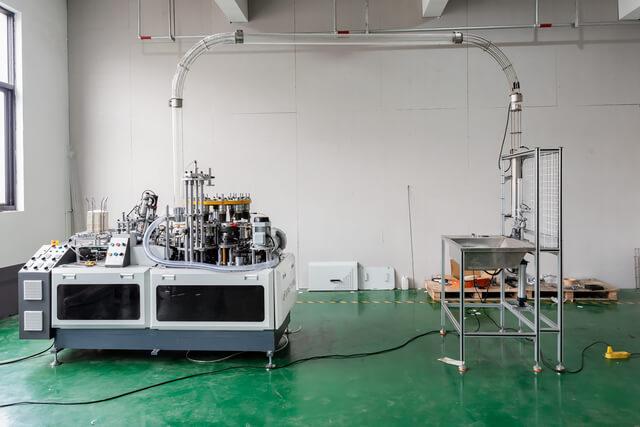
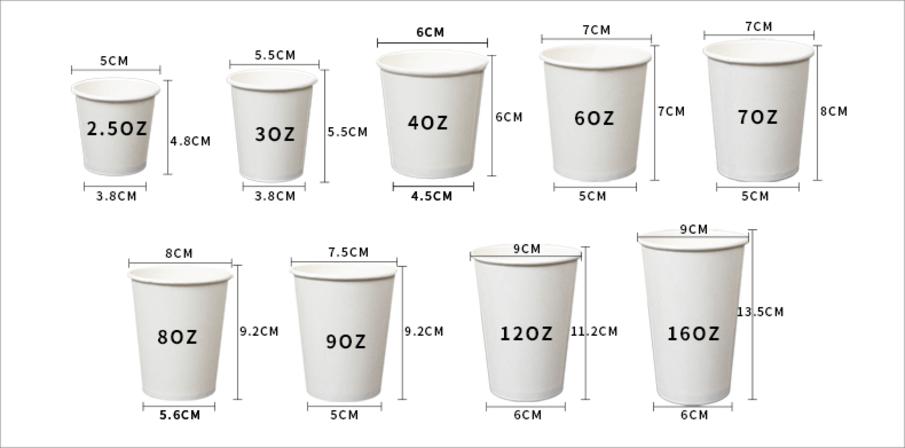
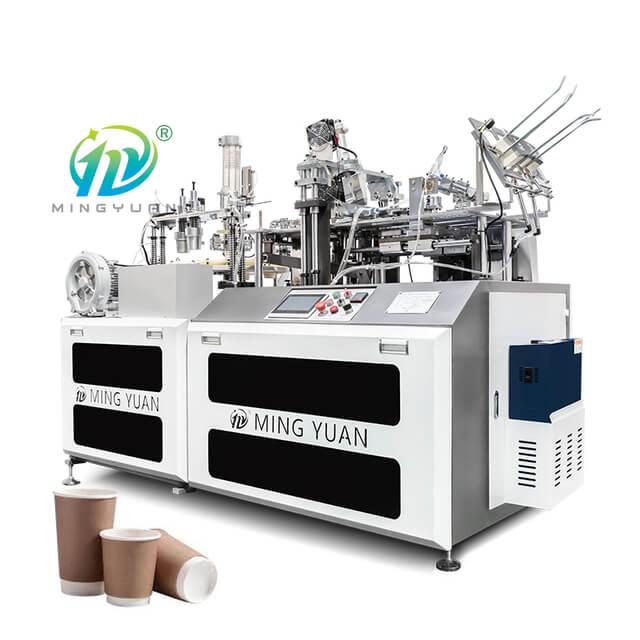
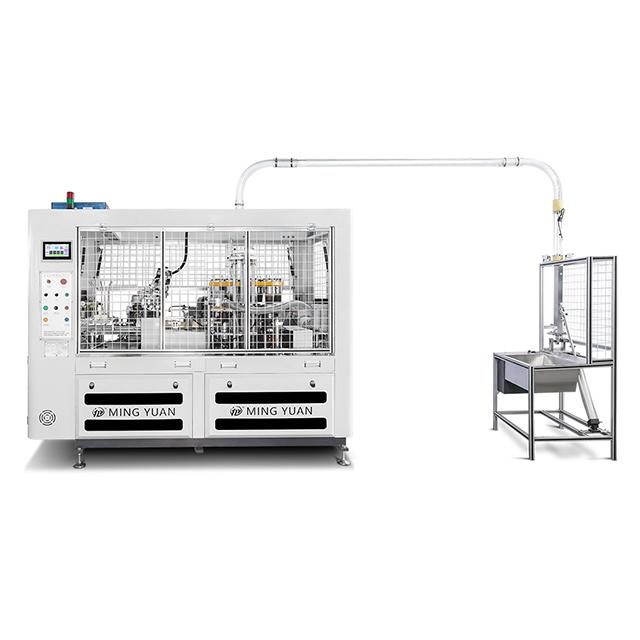
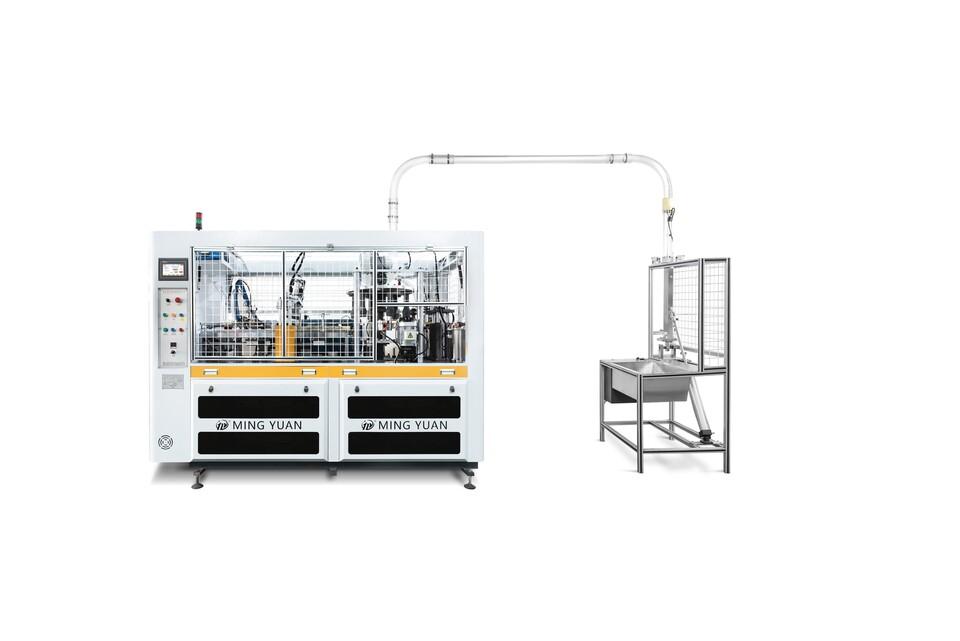

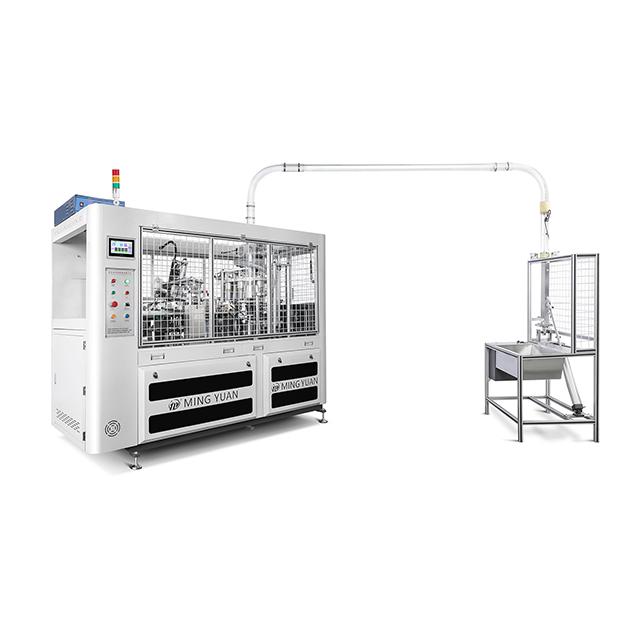


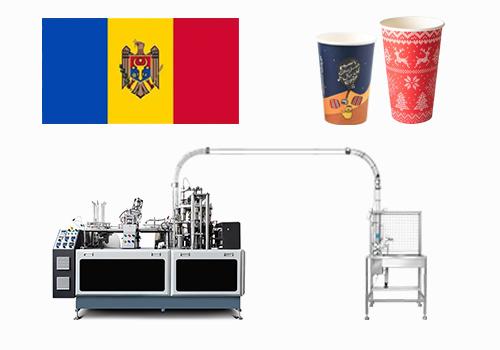
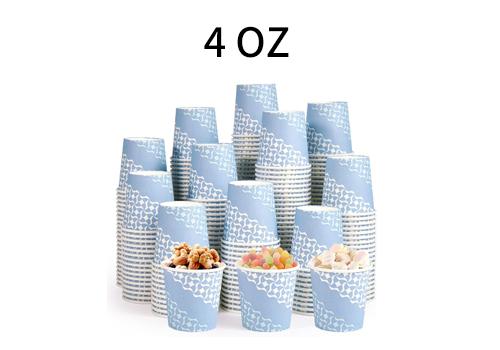

 Tel: +86-19057361870 / +86 577 65567060
Tel: +86-19057361870 / +86 577 65567060  Email: paperproductwholesaler@gmail.com
Email: paperproductwholesaler@gmail.com MP/WhatsApp: +86-19057361870
MP/WhatsApp: +86-19057361870 Manufacturer Address:No.1588, Huaming Road, Feiyun Street,Ruian City Zhejiang Province -325200 China
Manufacturer Address:No.1588, Huaming Road, Feiyun Street,Ruian City Zhejiang Province -325200 China




